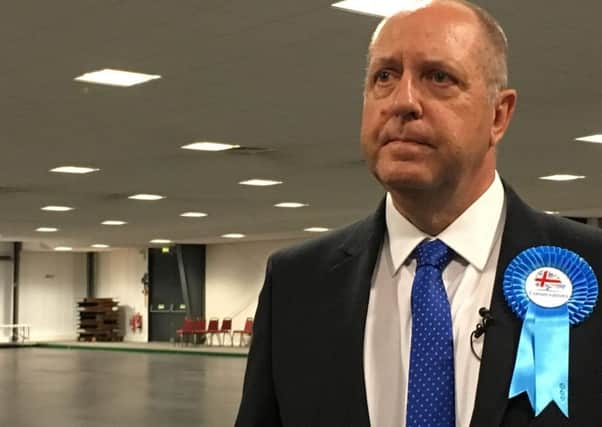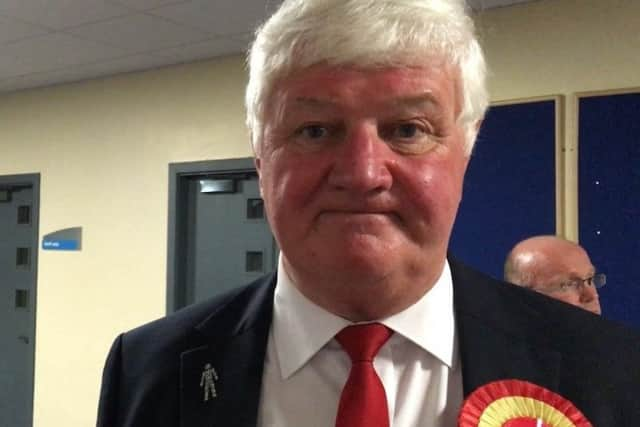LOCAL ELECTIONS 2018: Key points from election night in Amber Valley


The Conservatives ended the night at Alfreton Leisure Centre with an extended majority, boosting their numbers from 23 to 25.
Meanwhile Labour’s representation dropped to 20.
Here are some of the key points from election results night:


Advertisement
Hide AdAdvertisement
Hide Ad1. Heanor was the town where this year’s election was decided.
Labour stole a seat back from the Tories, who in turn took back Ripley from their counterparts.
But it was the seizure of Heanor West and Heanor East from Labour which saw the Tories romp to victory – increasing their majority.
2. Labour’s leader Chris Emmas-Williams is confident that his party can win back control of the borough council next year.
Advertisement
Hide AdAdvertisement
Hide AdThis year, out of the 15 seats up for election, 10 were defended by Labour and five by the Tories.
However, next year, the Conservatives will be aiming to retain 14 seats, with Labour only having to focus their efforts to retain one.
Mr Emmas-Williams says this has paved the way for the council to turn red for only the second time this Millenium.
3. The council remains a two-party affair.
It was a straight shootout between the red rosettes of Labour and the blue rosettes of the Conservatives.
Advertisement
Hide AdAdvertisement
Hide AdNo other political party has managed to claim a seat on the authority.
The closest any other group came to expanding the borough council to three-party membership was the Greens in Duffield.
There, the Conservatives retained the seat with 898 votes, followed by the Green Party on 637, Labour with 225 and the Lib Dems on 110.
4. The Liberal Democrats ran a candidate in all 15 seats and did not manage a single win.
Advertisement
Hide AdAdvertisement
Hide AdIt was a bold move, which one Labour councillor described as “stretching the party thin”.
The most votes the Lib Dems earned in any ward was 164 by party leader Adam Raphael in Belper East – less than a quarter of the amount of the candidate which won the ward, Labour’s Fay Atkinson.
5. Conservative leader Kevin Buttery reckons that community work, such as organised litter picks in Heanor, may have helped his party’s cause.
6.Amber Valley’s Conservative MP Nigel Moss said that the results in the borough showed that actions speak louder than words, with community outreach from councillors making all the difference.
Advertisement
Hide AdAdvertisement
Hide AdHe says that this is potentially a trend across the UK, particularly in Vote Leave areas.
7. Amber Valley seems to be losing interest in politics.
At 34 per cent, this year’s turnout was lower than the average from the last election in 2016.
Back then it was 35.93 per cent.
This is thought to be due to public feeling towards politics, and the fact that 2018 is not a General Election year – when turnout in some areas of Amber Valley stretches over the 70 per cent.
8. Belper remains the borough’s most politically-active area.
Around a quarter more people get out to vote there than anywhere else in the borough.